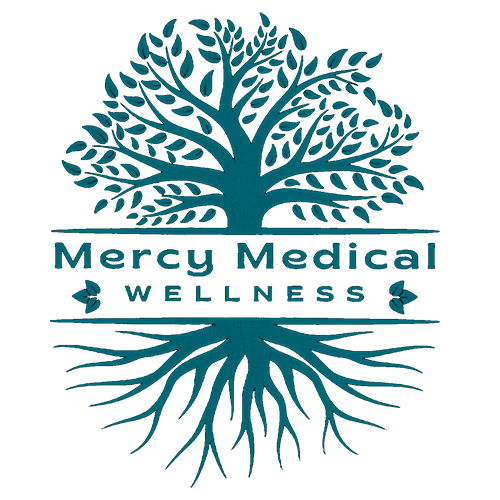Shedding Light on Photobiomodulation: Harnessing the Power of Light to Alleviate Inflammatory Conditions
In the realm of healthcare and wellness, a fascinating therapeutic approach known as photobiomodulation is gaining traction for its potential to alleviate inflammatory conditions and promote healing. By harnessing the power of light at specific wavelengths, this non-invasive treatment modality offers a promising avenue for addressing a wide range of inflammatory disorders and enhancing overall well-being.
What is photobiomodulation?
At its core, photobiomodulation involves the application of low-level light therapy to targeted areas of the body, where it stimulates cellular function and promotes tissue repair. By delivering light at specific wavelengths, typically in the red or near-infrared spectrum, photobiomodulation triggers a cascade of biological responses at the cellular level, leading to a host of therapeutic benefits.
One of the primary mechanisms through which photobiomodulation exerts its effects is by modulating inflammation. Inflammatory conditions arise when the body's immune response becomes dysregulated, leading to prolonged inflammation and tissue damage. By influencing cellular processes and signaling pathways, light therapy can help mitigate inflammation, reduce swelling, and promote the resolution of inflammatory responses.
Moreover, photobiomodulation has been shown to enhance circulation and oxygenation in tissues, which can further aid in reducing inflammation and supporting the healing process. By improving blood flow and nutrient delivery to affected areas, light therapy facilitates tissue repair and regeneration, contributing to overall improved function and symptom relief.
How Can Photobiomodulation Help You?
Studies have demonstrated the efficacy of photobiomodulation in a variety of inflammatory conditions, including arthritis, tendinitis, and dermatological disorders. By targeting the underlying inflammatory processes, light therapy has been shown to decrease pain, improve range of motion, and enhance quality of life for individuals grappling with these conditions.
Furthermore, the non-invasive nature of photobiomodulation makes it a safe and well-tolerated treatment option for individuals seeking alternative therapies for inflammatory disorders. With minimal side effects and a high degree of patient comfort, light therapy offers a gentle yet potent approach to managing inflammation and promoting healing.
In addition to its direct effects on inflammation, photobiomodulation has been shown to have broader systemic benefits that can positively impact overall health and well-being. By modulating the body's stress response, promoting antioxidant activity, and enhancing cellular energy production, light therapy supports the body's natural healing mechanisms and resilience in the face of inflammatory challenges.
As research into the mechanisms and applications of photobiomodulation continues to evolve, the potential for this innovative therapy to revolutionize the treatment of inflammatory conditions is becoming increasingly evident. By harnessing the power of light to stimulate cellular function, modulate inflammation, and promote tissue repair, photobiomodulation offers a holistic and effective approach to addressing a wide range of inflammatory disorders.
In conclusion, photobiomodulation represents a promising frontier in the realm of healthcare, offering a gentle yet potent approach to alleviating inflammatory conditions and promoting healing. By shining a light on the therapeutic potential of light therapy, we can pave the way for enhanced treatment options and improved outcomes for individuals grappling with inflammatory challenges.
Book a session with us at Mercy Medical And Wellness Today! We would be more than happy to educate and show you how this works.
